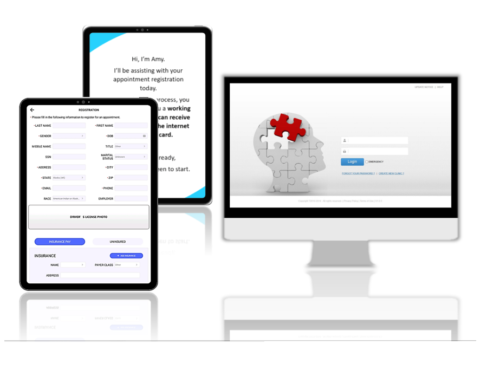A while back we talked about what Revenue Cycle Management is and how it can help your healthcare practice. In short it is a cycle, starting from even before a patient has an appointment, and involves every step needed to document, verify, bill, follow-up, and collect patients’ appointment and insurance information to generate revenue for your practice. It is a cycle that needs to be properly managed so you can have the financial health your facility needs to run smoothly and help even more people.
Here we have gathered a few more tips on what you can do to help your revenue cycle and revenue in general.
Review Processes Regularly
Just like patients sometimes need follow-up appointments to review their progress, your revenue cycle needs the same. You can have a process in place, but without a regular check-up, you may not know what is working and what is not. Are there new insurance regulations? Do staff need more training in some areas? Are there any current bottlenecks? There might also be new CPT codes. Other processes could involve keeping updated records of your patients’ files, so if there are any changes to their insurance, your team will know and be able to submit claims with these changes, saving time and energy involved in searching for the correct information when the time comes. Therefore, it is important to constantly keep updated on your processes and adopt any changes where necessary.
Follow Up With Patients
Besides following up with patients on their insurance and healthcare information, it is also important to follow up on their payments. Chasing these payments could be a hassle sometimes so be sure to review your collections processes and see what can be improved. Perhaps you can collect self pays or copays upfront to decrease the time chasing payments later on. Or, for out-of-pocket payments that come after insurance, it might help to make a schedule of when you will follow up with patients. Create a process that works best for your facility. When do you need the revenue by? What types of patients do you have more of, insured or self pays? Similar to reviewing processes, it may help to review collections data as well.
Make Use of Data
Last time we talked about some common medical billing reports, it is good practice to keep these reports and check them on a regular basis to know the ins and outs of your facility’s insurance payments. These reports can contain information on which claims have been submitted, which ones are pending, how long they have been pending for, which have been paid, etc. You can also add Accounts Receivables data that shows which claims have been submitted but not yet paid, which have been followed-up on with insurance, and what needs to be done to get them paid. Are claims suddenly taking longer to be paid? Are there reoccurring issues with certain claims and payers? Data is everything these days and having this information can help you carefully track the insurance payments and may help keep a steadier revenue flow.
More Services
Whether it is a clinic, pharmacy or other type of healthcare facility, if possible, more services can sometimes help more patients, opening new possibilities for revenue to help your facility. For example, some clinics offer after-hours telehealth services which can connect more patients, who are not available for appointments during the day, to physicians at more flexible times. This can depend on your facility, what you’re able to provide, and what your patients want, but it can be something to consider.
Overall, it is important to look at the data and what best meets your facility’s needs in terms of your revenue management cycle. Each place may be different, for example, pharmacies may have a lot of inventory needs which might differ from clinics’. Look at the data and review processes in order to figure out what works best for your facility.
For more information on how we can help with your revenue management cycle, including financing needs, you can find our contact information here.




